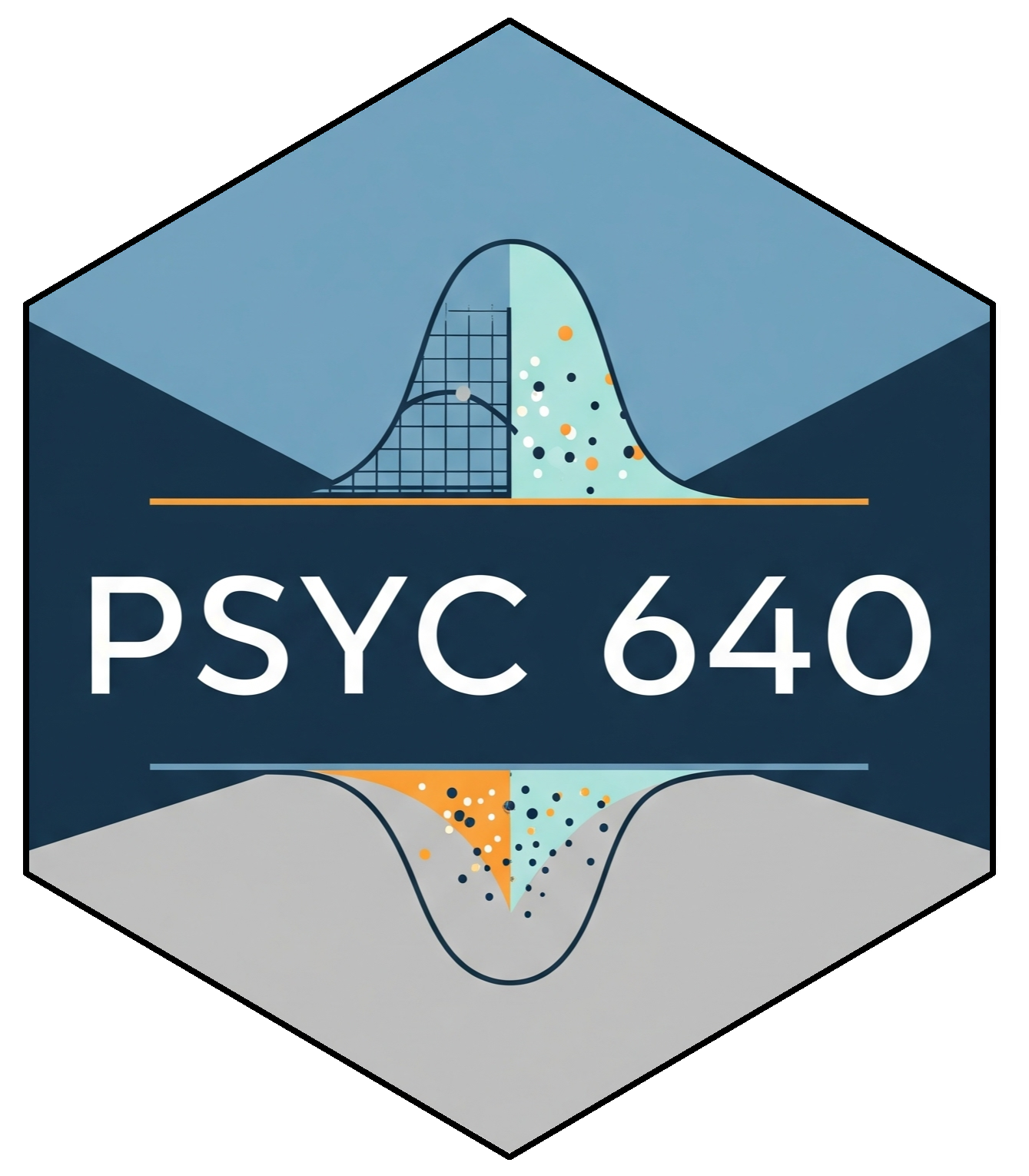Reverse Results
From Reader to Writer
One of the most challenging parts of writing a research paper is crafting a clear and compelling results section. How do you go from a folder full of statistical output to a coherent narrative? The best way to learn is to see how experts do it.
In this assignment, you will “reverse-engineer” the results section of a published paper. Think of yourself as an apprentice studying a master’s work. Your goal is to uncover the underlying architecture—the deliberate choices the author made to guide the reader through their findings. This process will help you build a mental toolkit of effective strategies for your own writing.
Instructions
Step 1: Select a Research Article
Find a peer-reviewed, quantitative research article in a topic area that interests you. The article should be a strong example of clear scientific writing.
The article should test one or more specific hypotheses using statistical methods we have discussed or will be discussing (e.g., t-tests, ANOVA, correlation, regression).
Do not choose a meta-analysis, literature review, or qualitative study.
Step 2: Create Your Writer’s Blueprint
Read the results section with a writer’s eye. Your task is to outline the author’s “moves.” For each paragraph or distinct analytical block, your outline should explain the narrative strategy. Instead of just summarizing, analyze how and why the paragraph is constructed the way it is.
For each section of your outline, describe:
The Narrative Goal: What is the author’s primary goal for this paragraph? What key question is it answering for the reader? (e.g., “Here, the author is setting the stage by confirming the randomization worked,” or “This is the crucial paragraph where they test their main hypothesis.”).
The Writing Strategy: How did they structure the paragraph to achieve that goal? Notice the flow. Do they lead with a plain-language summary? How do they present the statistical evidence in support of their claim? (e.g., “The author uses a ‘Claim-First’ structure: they state the finding in words, then provide the stats to back it up.”).
Example
Consider this fictional paragraph from a results section:
To test our primary hypothesis that the CBT intervention would reduce social anxiety symptoms more than the waitlist control condition, we conducted an independent-samples t-test on post-treatment SAQ scores. The analysis revealed a significant difference between the groups, t(72) = 3.88, p < .001. The mean SAQ score for the CBT group (M = 24.5, SD = 5.1) was significantly lower than the mean score for the waitlist control group (M = 35.2, SD = 6.3), indicating a strong treatment effect.
Your blueprint entry for this paragraph might look like this:
Paragraph 3: Testing the Main Hypothesis.
Narrative Goal: To present the findings for the study’s primary research question.
Writing Strategy:
State the Why: They begin by explicitly stating which hypothesis they are testing and what analysis they used (independent-samples t-test).
Deliver the Punchline: They immediately present the finding (t(72)=3.88,p<.001).
Explain in Context: Translate the statistic back into meaningful terms by presenting the group means, making the result easy to understand.
This “Purpose -> Evidence -> Interpretation” flow is a powerful and clear way to structure a finding.
What to Submit
Please submit a single document to myCourses with:
A full APA-style citation of the article you selected
Your complete “Writer’s Blueprint” of the article’s results section.
